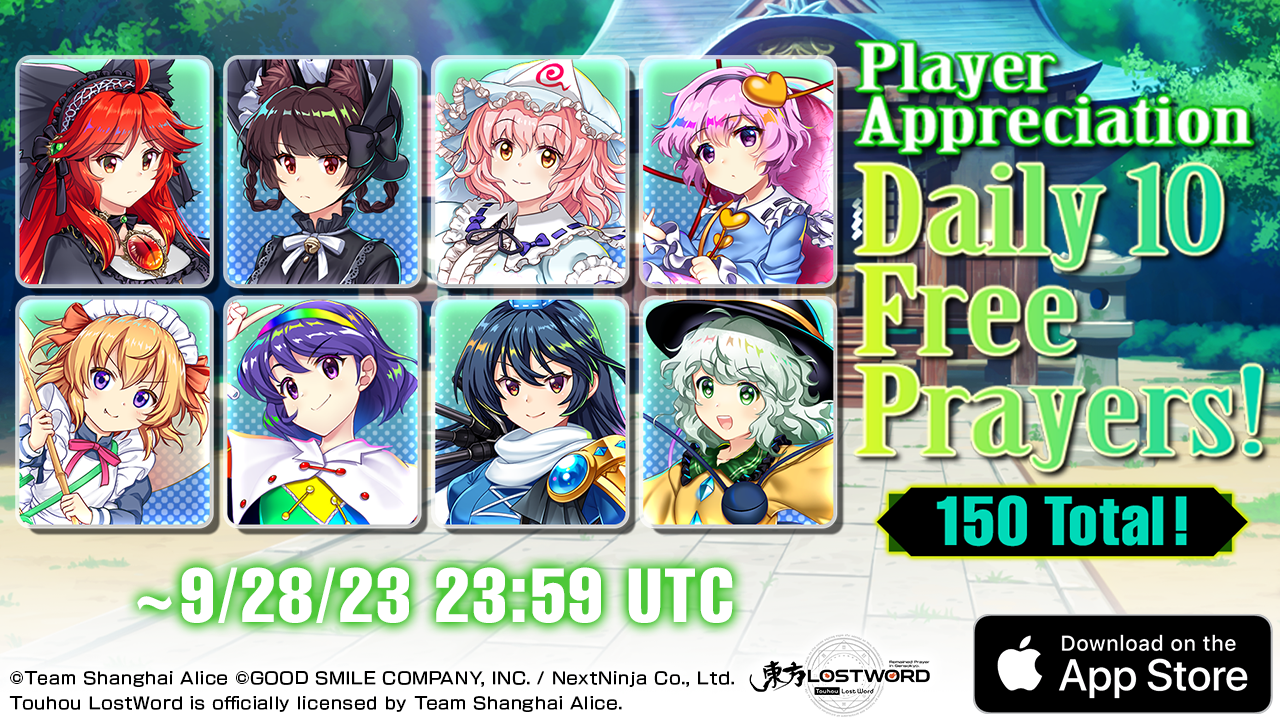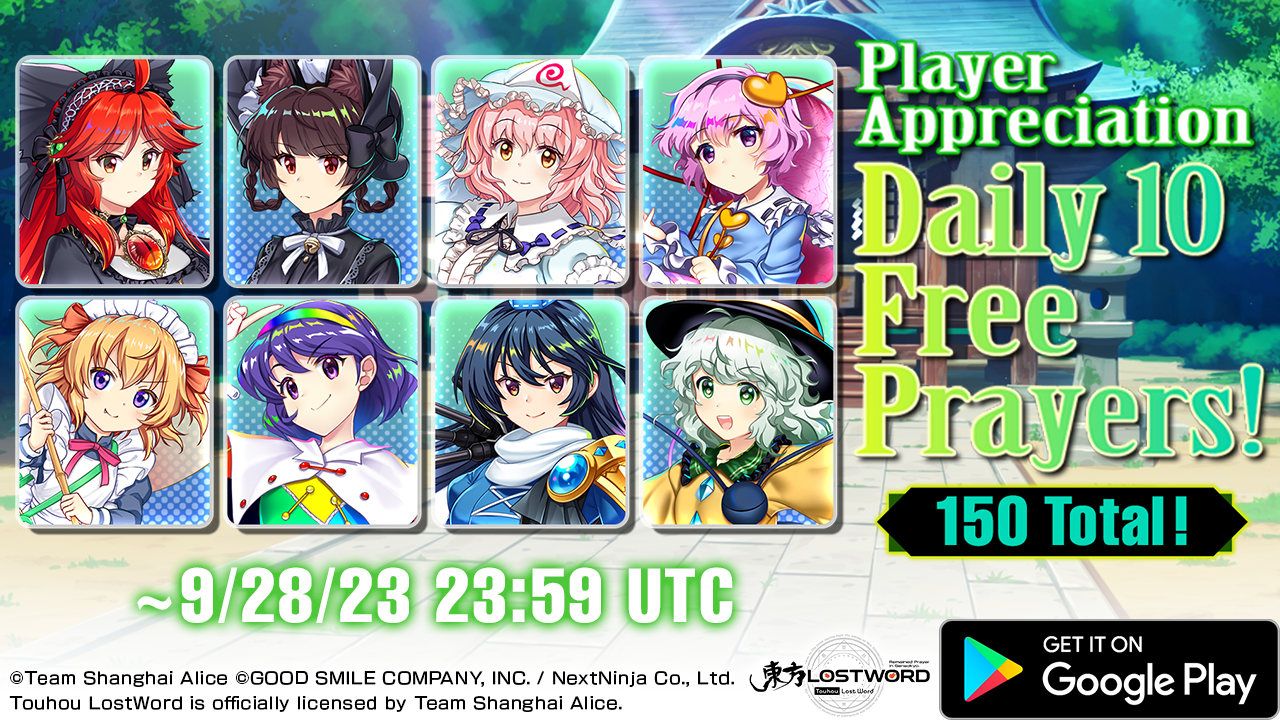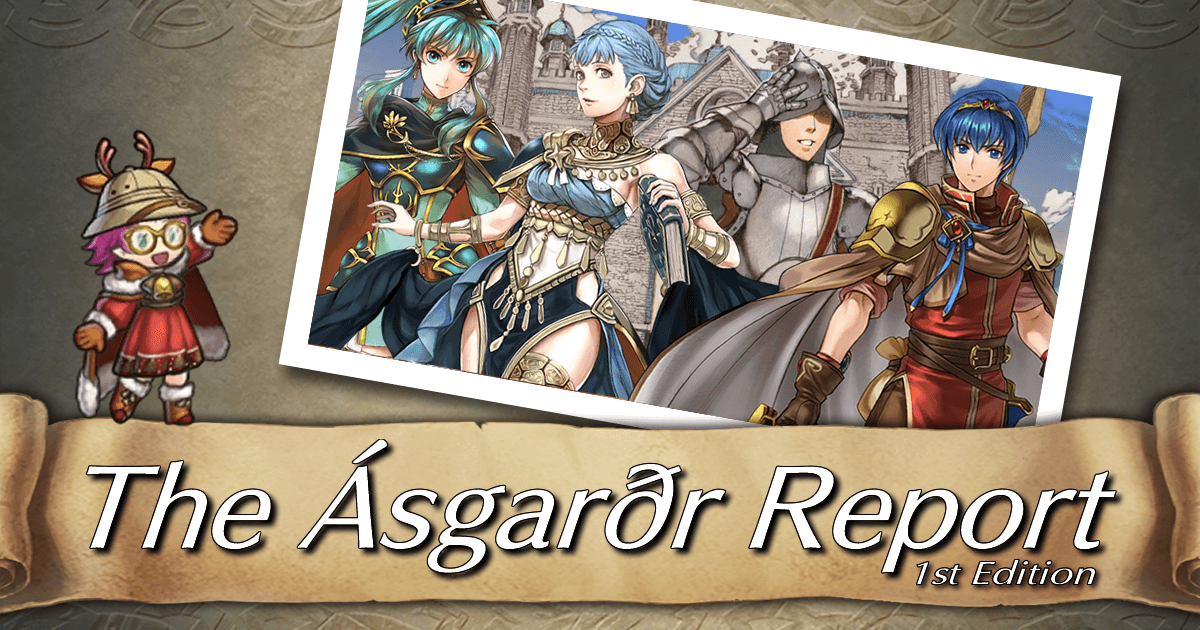Introduction
The Asgardr Report aims to provide high-level Fire Emblem Heroes content on a regular basis. Each article will contain 3-4 topics related to the end-game content of the game; Aether Raids (Offense & Defense) and Arena.
In the first edition of the Asgardr Report, the goal is to establish a common baseline of knowledge specifically for Aether Raids Offense as of the time of writing by introducing some of the archetypes that are either meta or potentially meta moving forward. We will then proceed to use the concepts brought up in this article to determine the relative strength of the units in Choose Your Legends 5.
Aether Raids Offense Meta Analysis
Near (Save), Far (Save), Where-ever you are (Save)
Introduced in the Valentines 2021 banner, the Save skills are known to be extremely powerful due to the rather wide space of coverage. Far Save was immediately unearthed to be a potentially powerful skill, as it protects your relatively weak Mythic units to be well-protected for the most part (just don’t be like me and place Peony on the mountains like a dumb dumb). As for Near Save, it took some time before players noticed the potential power of it as well. The combination of 2 skills is fairly well known as people (wholesomely) used Gustav and Henriette in the same composition, but there are other ways of using Save skills as well.
The requirements of Near and Far Save units are rather different. Melee units are predominantly physical units in Aether Raids Defense, with the only exception being Seiros and possibly Nifl. As such, a good Near Save unit would focus on ATK and DEF. For ranged units it’s somewhat the opposite; while physical offensive threats are present, most of the dangerous ones tend to deal magic damage. This means that ATK and RES will be a priority for ranged counters, however, DEF also needs to be considered when choosing a Far Save unit. Under both circumstances, SPD is a non-factor as a high bulk will usually be able to ignore the damage dealt by the opponent.
These 3 units are essentially the pinnacle of being a Near Save unit; high ATK and DEF with an excellent weapon to boot. Gustav and Surtr have a very similar weapon and stat distribution, with the only difference being the weapon type. Both of these units are now capable of leveraging Steady Breath to either unleash Bonfire on the first attack, or the second if the foe has Guard. As for Arden, he charges special much faster than normal due to attacking twice in the enemy phase, which meant that he could leverage on even stronger specials such as Ignis.
While Gustav and Surtr’s RES is perfectly acceptable to be used as Far Save units, keep in mind that they would be forced to use Distant Counter, which means that ranged units might be more optimized in that regard. Unless Distant Counter actually brings stats to the tab- oh wait.
It has been a full year since the release of refined Maltet, and it is apparent that the developer that came up with this weapon probably needs a huge spanking. Ostian Counter giving stats meant that Hector is able to keep up even with ranged units, with the option of switching the skill out if he is used for Near Save. Maltet inflicting ATK and DEF in-combat penalties on foe could be seen as a boost in ATK, DEF, and RES, which are the quintessential stats for an Armored unit, be it Near Save or Far Save. Most importantly, unlike any of the armored units, he is immune to armor-effective weapons. Simply put, the sole reason why many defensive teams did not bother with armor-effective weapons is probably because of the existence of this guy.
Being this strong however does mean that everyone will try their best to take out Brave Hector no matter what, and it is starting to show. Be it through Windsweep, Lancebreaker, Null Follow-Up, etc; people really want Brave Hector dead. This does mean that there is room for an anti-meta pick that people could find difficult to counteract.
Most of the strong armored units tend to wield physical weapons as well, which meant that defenders would also proceed to stack physical bulk against such offensive threats. Windsweep is also a very common meta choice to prevent the said save armors from counter-attacking.
This is where Spring Idunn could potentially come into the picture to specifically counteract these meta choices. While Spring Idunn is unlikely to have as much ATK as the other Save armors in the above list, hitting for RES against melee and adaptive against ranged does mean that Spring Idunn does not need as much ATK to take out the opponent. While Idunn’s weapon is pretty much an inferior Maltet, it is still a decently strong weapon with the capabilities of preventing follow-up attacks and inflicting in-combat ATK debuffs.
Unfortunately, recent developments in Choose Your Legends 5 do mean that Spring Idunn’s stocks came down quite a bit on a Near Save front, but that should still not take away her as an anti-meta pick. Far Save is probably a better call for dragons such as Spring Idunn due to the relative sparsity of dragon-effective units in the current defensive meta (and even Thrasir is increasingly rare or ineffective to deal with a well-supported dragon). Other good picks similar to Spring Idunn would be Nagi and to a much lesser extent, Winter Fae (at least she’s on a Forma).
Infantry Tanks
Under most circumstances, traditional infantry tanks had fallen out of favor due to the rise of prominence of the Save skills. However, there are still areas in which they are used, and that is with Null C Disrupt and Null Follow-Up as there are no alternatives for armored units. Until there is an armored skill that could stop counterattack preventions (please no) or follow-up nullifications (Daring Fighter does not count), these kinds of Infantry tanks are likely to stay around for a little longer.
Unfortunately, one could now argue that the best support for an Infantry tank is Save skills. Micaiah for example would largely prefer a Near Save unit behind to cover for her weaker physical bulk and emphasize her more favorable ranged match-ups. While it is not the most common, Brave Ike could technically ditch Distant Counter in favor of other skills such as Close Defense 4 or ATK DEF Unity. Specifically, ranged tanks prefer Null C Disrupt due to anti-counter effects being more common in ranged units, while melee tanks could use Null Follow-Up as most of the melee threats in a defense team do have some sort of guaranteed follow-up.
The same idea could expand to other movement types other than Infantry and Armored. For example, units like Laegjarn works relatively well as a melee tank in this context due to having Null Follow Up on her weapon. In most cases, however, the lack of competitive skill access does mean that Infantries are largely the best for this auxiliary role. In all, the Save skills transformed not only the role of armors but also the role of other unit types as well.
Player Phase And Playpen
Before the existence of the Safety Fence, the only consistent player-phase strategy that was available requires the player to pretty much goes all-in by taking every single unit out. This is mostly done by using Galeforce or any form of ability that grants an extra turn such as Njolrun’s Zeal and Ninja Lyn’s Duo Skill. Moving forward, such strategies are largely unaffected by the Safety Fence, with the only change being the defensive shifts to adapt to the new structure.
One strategy that gained a huge boost is a hit-and-run strategy. As the Safety Fence could activate so long as all allies are outside the range of the foe or on the first row, a player could possibly engage on turn 1 and move out of range to retreat. This is an indirect buff to Gravity-based effects such as from Legendary Claude’s Fallen Star, or from any of the staves with a Gravity effect.
The fence also undermines the use of Odd Recovery as the foe could simply choose to not engage on Turn 1 to prevent the skill’s activation, which meant that dancers, in general, are more susceptible to isolation. This again offers more options for hit and run strategies as it would severely limit the reach of the foe’s defense by simply isolating the dancer if that is possible.
System of a dong; Bring Your One Bernie
Another consequence of the Safety Fence is that it simply grants the attacker a free turn to work with without facing potential attacks on turn 1. Veteran Players had been experimenting before the introduction of the fence with Winter Bernedetta’s Hrist along with skills such as Ardent Sacrifice and Reciprocal Aid to get into relevant HP thresholds such as for Wings of Mercy, Desperation, Vantage, and Brash Assault.
In the past, the players had to juggle between engaging on Turn 1 while transferring the HP around, which meant that not only is there a rather steep learning curve, it might also be downright impossible without making drastic changes such as removing the bonus structure, which might be a little too risky for most people. As now players can get the extra turn at the start, players can spend their whole turn 1 transferring the HP around, and position themselves for a strong Turn 2. This drastically flattens the learning curve for such team compositions, and opens up many potential options in the present and also in the future.
Examples of a unit that works exceedingly well with this strategy in the present would be Brave Alm with Ninja Katana to leverage on Scendscale’s true damage, Fallen Dimitri to exploit Murderous Lion’s Firesweep and Near Trace effect for unparalleled movement, or even Bridal Catria with Near Trace and Odd Tempest to somewhat emulate a similar playstyle to Fallen Dimitri while enabling double attacks on even the Wings of Mercy users.
It is worth noting that the only player phase strategy that is common right now is Ninja Lyn, which meant that it could potentially be a pointless endeavor countering this team composition on defense. Offensively, it is a potentially powerful strategy that definitely deserves a second look.
Asgardr Hall of Fame
The Asgardr’s Hall of Fame is a form of recognition for units that fulfills either of the following 2 requirements.
- The unit is sufficiently common in Aether Raids Offense strategies and performs at a sufficiently high level.
- The unit performs at an exceptional level even if they are less accessible without a steep learning curve.
Moving forward, units will be added or removed from the Hall of Fame, which depends on the shifts in the metagame. Defensive map archetypes will also be judged based on the ability to tackle the units in the Hall of Fame
Main
Support
Main
Support
Choose Your Legends 5 In-depth Discussion
The Choose Your Legends units will always be part of a serious discussion as they will be relatively common due to the free pick and the popularity of the units on the banner. Players should not only consider their potential uses but also be ready to counteract them should the need arises. In this section, we will go into a deep dive into each of the units on the banner.
Brave Marianne
The most unique trait that Brave Marianne brings to the table is her unique special, Requiem Dance; she is essentially a pseudo-Galeforce unit that hits for magic damage. This does have repercussions in both the offensive and defensive context when contextualized with her weapon and movement type.
Her base kit by design is already rather synergistic should players use Marianne as the initiator; SPD boosts in her weapon and ATK SPD Unity along with Null Follow up meant that it is rather difficult to follow-up on Marianne, and the 70% damage reduction provides Marianne with sufficient protection, with the only issue being units that attack twice in the enemy phase such as Winter Altina.
On a defensive standpoint, being an Infantry does provide Marianne with the necessary tools to gain access to her Requiem Dance, the most noteworthy being Flashing Blade to leverage Marianne’s SPD boosts in her weapon. When coupled with Time’s Pulse in her weapon, Marianne would pretty much guarantee her special to go off outside of the enemy running Pulse Smoke, which is increasingly rare in the age of Save Armor units. Another possible build would be to utilize Wings of Mercy and use something such as Sturdy Impact to somewhat reduce the likelihood of follow-ups, although this is significantly weaker as the foe could bypass this by either out-speeding (unlikely), or have 2 counts of guaranteed follow-ups (Brave Hector with Vengeful / Crafty Fighter for example).
Where Marianne would likely see the most success is in Galeforce compositions. As mentioned in the first paragraph, the ability to deal magic damage is non-existent before the release of Marianne, which is rather relevant as players are more likely to prepare against physical attacks rather than magical ones on defense. Specifically, players on the defensive are somewhat likely to prepare against Ninja Lyn with the likes of Deflect Missile and stacking DEF, which is totally worthless against Marianne. Under this scenario, Marianne could be used as the initial unit to take out either a physically bulky frontline or a Far Save unit, and enable the remaining allies to wreak havoc to the whole enemy team.
This is not totally perfect as Marianne does not have access to Disarm Trap. It might still be possible to protect against her by placing more traps around and ensuring that the threat range is sufficiently large (either with 3-movement or 2-movement and 2-range) to hinder the foe’s retreat options. Regardless of the above limitation, Marianne would fit extremely well in a team that revolves around trading up with Galeforce or units with additional turns such as Summer Caeda and Ninja Lyn.
Brave Gatekeeper
Gatekeeper’s Detailed Report, outside of being an Obstruct on steroids, stops warping skills such as Gentle Dream, Ground Orders, and Wedding Bell Axe within 4 spaces. This could vary in efficacy depending on the relative position of Gatekeeper, with the range effectively decreasing if he is at the back. This meant that in an ideal scenario, Gatekeeper should be as close to the front of the team as possible in order to maximize the effect. This could mean 2 things; use him as a Save Ball support similar to how Wings of Fate Hinoka is used by placing him at the front, or as a combat unit. This will be true for both the offensive and defensive context.
The biggest issue with Gatekeeper is that his combat prowess is middling at best, as Detailed Report offered absolutely nothing should he enter combat. This meant that he is solely relying on his other skill slots to help him out, with the main consideration being his weapon. On the Aether Raid Defense front, Gatekeeper’s Charging Horn relying on 3 units to be within 3 columns/rows could be potentially outplayed in the player phase, which somewhat limits his damage potential as an Aether Raids Defense unit. Meanwhile, in terms of offensive consideration, we can draw parallels to Brave Hector, which has access to Steady Breath seal and a weapon effect that is largely superior to Charging Horn when compared in-combat. This means that Gatekeeper is mostly relying on his allies to provide support to ensure that he takes as little damage as possible.
Furthermore, it could not be a worst time to be a green unit as of the time of writing, as 2 of the most prominent red units right now have precisely what Gatekeeper hates the most; guaranteed follow-ups. Due to Gatekeeper’s extremely low SPD, both Legendary Sigurd and Valentine’s Lif would be capable of follow-up against Gatekeeper. While Detailed Report does somewhat allow Gatekeeper to be supported by many allies, we had not come to a point where Gatekeeper could brute-force every single match by simply providing as much support as possible. Even then, Bramimond would still exist to ruin Gatekeeper’s day anyway.
While it is true that Gatekeeper is likely not designed for sustained combat, as an Infantry he could still be used as a one-off combat unit specifically in Aether Raids Offense. By charging up his special to near activation, it is probably possible for Gatekeeper to retaliate and take out at least one unit. This does somewhat open up a team composition where they can perform a hit-and-run strategy, and then force Gatekeeper upfront by using him to Reposition the vulnerable nuke from danger. Of course, players would likely need to watch out for any unit with damage reduction on their first attack (aka Legendary Sigurd), but it does have a higher potential compared to simply asking Gatekeeper to perform sustained combat.
Brave Eirika
Eirika is probably the most straightforward of the 4 units in this banner. Her extraordinary damage ceiling using Moonlight Bangle lands her well to be a melee nuke in both the offensive and defensive front, and it would be difficult to stop her due to Guard Nullification and damage reduction on the first hit. Moonlight Bangle’s damage could be mostly padded out by damage reduction, which meant that units such as Brave Ike and Brave Edelgard (on her 2nd hit) would most likely create some problems on Eirika.
Defensively, due to Eirika’s low bulk, she is solely relying on the damage reduction for her to survive the very first hit. The main issue is that without further investments into DEF on Brave Eirika, it would be difficult for her to survive a Bonfire from the likes of Valentine’s Gustav, Brave Edelgard, or even Brave Hector. Players who are looking into using Brave Eirika on defense should probably spend some time investing into her DEF to allow her to take at least a single hit from the foe. As for the Brave Ike problem, a decent solution would be for her range to overlap with Valentine’s Lif to dissuade any common attempts of Brave Ike tanking your whole team.
There are predominantly 2 ways of using Brave Eirika on offense; using her as a hit-and-run nuke and as a Galeforce unit. Hit-and-Run leverages her high damage ceiling and Canto from Moonlight Bangle to take out a possible threat on the opponent team. This is useful for teams who either have limited reach (allows players to smite twice) or do not have traps on the melee range. Players would need to watch out for Brave Edelgard, which is one of the most common Near Save units that she would need to deal with, and that could be partially solved by charging her special on the first hit either through supports such as Velouria or Rafiel, or simply using Quickened Pulse.
Galeforce utilizes the Null Guard effect of Moonlight Bangle to enable Eirika to quickly charge up Galeforce, which could be useful when either the frontline has some form of Guard effect such as those of a Stance skill, or Eirika is affected by Triandra’s Frightful Dream. Moonlight Bangle granting Canto also means that Eirika is also given extra positional flexibility should it be required. While it could be argued that there are plenty of Lance Cavaliers that could perform the same Galeforce role due to Curtains, Eirika does have a firepower advantage with weapon effectiveness and the offensive half of Null Follow-Up on Binding Reginleif.
Brave Marth
While Brave Marth brought absolutely nothing new to the metagame, he essentially combined every single meta trend for the past 3 years onto a single unit. Be it Vantage, Null Follow-Up, extra healing in combat, and potentially either Spurn or Null C Disrupt, Marth has everything and the kitchen sink for an Infantry unit. Unfortunately, bringing nothing new to the table does mean that he isn’t likely to perform well on the defensive side.
Individually, each of the strategies brought up above outside of Null Follow Up does not age very well. Vantage is the most effective if the unit could take foes out in a single hit, which is increasingly difficult to do due to the increase in the bulk of units in general. The on-hit healing gets blocked by Fatal Smoke, and damage reduction can be potentially reduced by Duo Lif, or negated by skills such as Twin Blades, Dead Eye, or Young Innes’s Bow of Frelia.
However, when combined together, these effects can be mostly seen as an insurance policy for Marth. While Young Innes does somewhat negate Marth’s damage reduction should he run Spurn, Marth could have the option to set up Vantage to take Innes out without him landing a hit. For Duo Lif, while Marth will not be able to take him out, he has the Null Follow Up to ensure that he remains to have an upper hand. The above arguments could be made for plenty of defensive units; you can check one of the effects, but you can’t check them all at once.
One requirement that players need to keep in mind about Marth is that he does need a unit to be within 2 spaces. While performing aggressive plays with Marth is unlikely to be a good option, players could actually offload the range checking duties of Marth by using a Far Save unit as the ally within 2 spaces to enable Genesis Falchion’s effect. The ending result is that Marth would be less susceptible to Null Counter effects due to their relative sparsity in the melee range.
Conclusion
In this article, we briefly discussed the state of the offensive metagame in Aether Raids, and we also analyzed in detail how each of the units in Choose Your Legends 5 could be used in the Aether Raids context. From the next edition onwards, we would only cover units that we think warrants the extra discussion.
We hope you enjoyed this edition of Asgardr’s Report.














